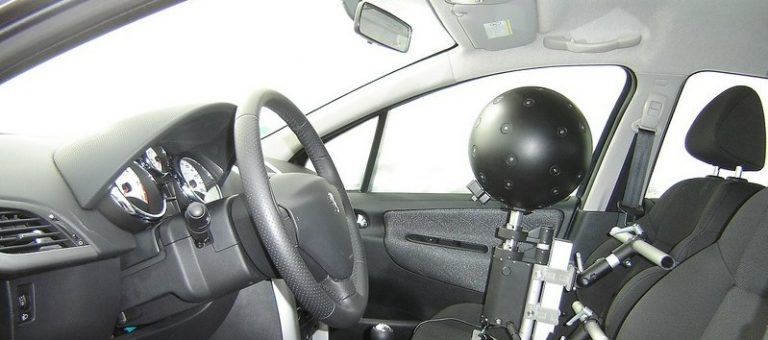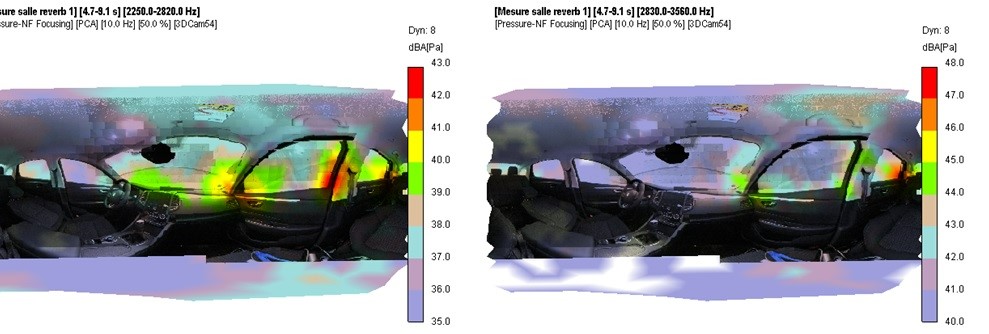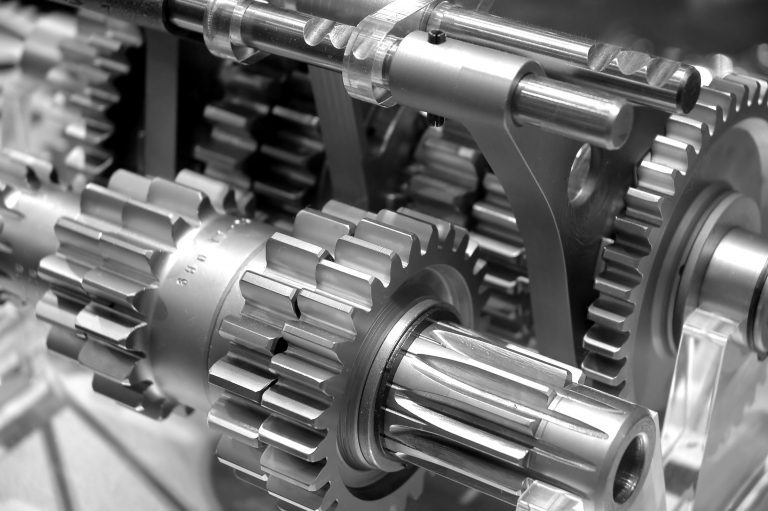Cavity noise measurements are often time-constrained, whether for taxiing, wind tunnel or flight tests. Additionally, in reverberant environments, acoustic reflections off the cavity walls interfere with acoustic measurements. MicrodB developed and patented its 3DCam rigid spherical array to be able to respond to these problems. The 3DCam provides a three-dimensional “snapshot” of the positioning of acoustic sources on the walls of a passenger compartment or any other cavity.
The 3DCam is initially dedicated to medium- and high-frequency noise, to keep its size to a minimum. It is available in 30 cm sizes, with 36 to 54 microphones for a frequency range of 100 Hz to 5,000 Hz and 100 Hz to 10,000 Hz respectively. To study structure-related low-frequency sources, this array can be extended with a larger open sphere.






